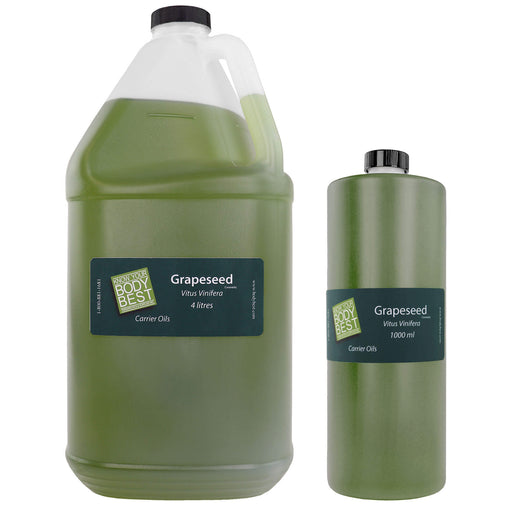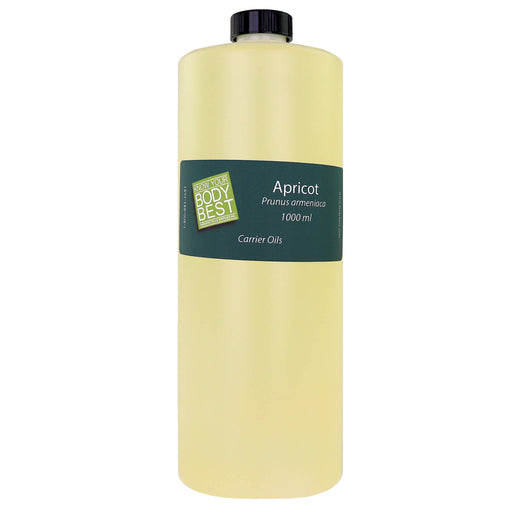over $250.00

What Is Cupping Therapy? A Professional Guide for Clinics and Practitioners
Cupping therapy has become an increasingly valuable modality in clinical practice, used by registered massage therapists, physiotherapists, chiropractors, and sports therapy professionals to enhance soft-tissue work and support overall client comfort. While its origins date back thousands of years, its application in modern therapy settings focuses on controlled negative pressure to assist tissue mobility, relaxation, and recovery.
This guide outlines how cupping therapy works, what clients can expect during a session, and how clinics can integrate this modality safely and effectively using professional-grade equipment.
How Cupping Therapy Works
Cupping therapy involves placing specially designed cups on the skin to create gentle suction. This negative pressure lifts soft tissue and encourages movement in areas that may feel restricted or tense. In contemporary therapeutic environments, practitioners often combine cupping with manual therapy tools to support tissue preparation and relaxation.
The technique is used to complement a wide range of treatments, from sports recovery sessions to general wellness care. Clients typically describe the sensation as light pulling and deeply calming.
What to Expect During a Professional Cupping Session
Cupping Methods
Therapists choose from several cupping approaches depending on treatment goals:
- Dry Cupping: Cups are placed on the skin using manual or pump-assisted suction and remain stationary for several minutes.
- Moving Cupping: Light suction is applied and the cups are glided across the skin, functioning similarly to a manual massage.
For safe, consistent treatments, many clinics rely on durable equipment such as the Premium 17-Piece Cupping Set or the 10-Piece Cupping Set.
The Sensation
Clients generally feel a controlled pulling sensation that eases as the tissue adapts. A typical session lasts 5–10 minutes, depending on the target area and pressure level.
After-Session Appearance and Recovery
Circular marks or temporary discolouration may appear following treatment. These marks are a normal response to suction and usually fade within a few days. Practitioners may recommend simple after-care, such as hydration or light stretching, to support comfort.
Benefits of Cupping Therapy in Clinical Practice
Supports Soft-Tissue Mobility and Recovery
Cupping can assist practitioners in preparing tissue for manual work, helping clients feel looser and more comfortable during sessions. This makes it a valuable addition to sports therapy and rehabilitation-focused treatments.
Promotes Relaxation
The rhythmic decompression often helps calm the nervous system and ease general tension, offering a relaxing experience for clients seeking both physical and mental relief.
Enhances Manual Therapy Techniques
When paired with massage or physiotherapy, cupping can support smoother glide, less practitioner fatigue, and more efficient soft-tissue preparation.
Safety Considerations for Practitioners
Cupping therapy is generally safe when performed by trained professionals using clean, well-maintained equipment. Practitioners should always screen for contraindications, avoid areas with broken skin, and follow strict hygiene protocols to reduce the risk of irritation.
Documenting informed consent and providing after-care guidance helps ensure a consistent and transparent client experience.
Integrating Cupping Therapy Into Your Clinic
Adding cupping to your modality list is an effective way to expand service offerings and meet rising demand for natural, hands-on recovery methods. With minimal investment and high durability, professional cupping sets provide strong long-term value for clinics looking to enhance treatment versatility.
Explore professional-grade cupping tools, including the Premium 17-Piece Cupping Set and 10-Piece Cupping Set, designed for precision, comfort, and reliable performance in therapeutic environments.
Cupping therapy offers clinics a versatile, low-maintenance way to enhance treatment quality and support better client experiences across a wide range of care settings.
Featured collection
-
Original price $14.99 - Original price $124.99$14.99 - $124.99$14.99
Lowest Price per ml: $36.66
$9.99 - $109.99$9.99 - $109.99Current priceCurrent Price: $29.99
Price Per ml: $29.99
$9.99BodyBest Fractionated Coconut Massage Oil
BodyBestIn stockBenefits of BodyBest Fractionated Coconut Massage Oil Elevate your massage experience with our house-branded Fractionated Coconut Massage Oil, a pr...
View full detailsOriginal price $14.99 - Original price $124.99$14.99 - $124.99$14.99Lowest Price per ml: $36.66
$9.99 - $109.99$9.99 - $109.99Current priceCurrent Price: $29.99
Price Per ml: $29.99
$9.99Save up to 12% -
$0.00 - $0.00$0.00
Lowest Price per ml: $0.06
$14.99 - $59.99$14.99 - $59.99Current priceCurrent Price: $14.99
Price Per ml: $0.14
$14.99Golden Jojoba Oil
BodyBestOut of stockProfessional Golden Jojoba Oil for Clinical & Therapeutic Practice Golden Jojoba Oil is a professional-grade massage and treatment oil formulat...
View full details$0.00 - $0.00$0.00Lowest Price per ml: $0.06
$14.99 - $59.99$14.99 - $59.99Current priceCurrent Price: $14.99
Price Per ml: $0.14
$14.99Sold out -
$0.00 - $0.00$0.00
Lowest Price per ml: $0.03
$11.99 - $29.99$11.99 - $29.99Current priceCurrent Price: $11.99
Price Per ml: $0.04
$11.99Castor Oil
BodyBestIn stockProfessional Castor Oil for Targeted Therapeutic & Wellness Applications Castor Oil is a high-viscosity, professional-grade oil formulated for ...
View full details$0.00 - $0.00$0.00Lowest Price per ml: $0.03
$11.99 - $29.99$11.99 - $29.99Current priceCurrent Price: $11.99
Price Per ml: $0.04
$11.99 -
$0.00 - $0.00$0.00
Lowest Price per ml: $0.02
$29.99 - $99.99$29.99 - $99.99Current priceCurrent Price: $29.99
Price Per ml: $0.02
$29.99Grapeseed Oil
BodyBestOut of stockUses and Benefits of Grape seed Oil Grape seed oil has anti-inflammatory and antimicrobial properties. In addition, the oil is rich in omega chain ...
View full details$0.00 - $0.00$0.00Lowest Price per ml: $0.02
$29.99 - $99.99$29.99 - $99.99Current priceCurrent Price: $29.99
Price Per ml: $0.02
$29.99Sold out -
$0.00 - $0.00$0.00$29.99$29.99 - $29.99Current price$29.99
Apricot Oil Cold Pressed 1L
BodyBestOut of stockProfessional Cold-Pressed Apricot Oil for Massage & Body Treatments Cold-Pressed Apricot Oil is a lightweight, professional-grade massage oil f...
View full details$0.00 - $0.00$0.00$29.99$29.99 - $29.99Current price$29.99Sold out













